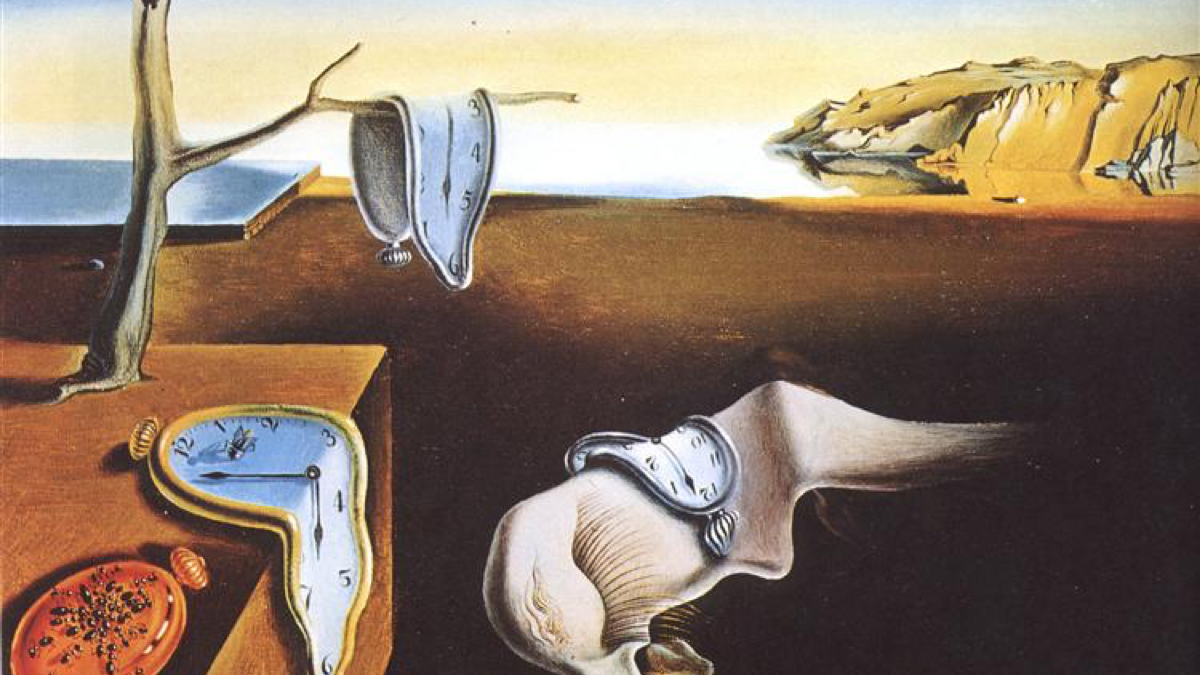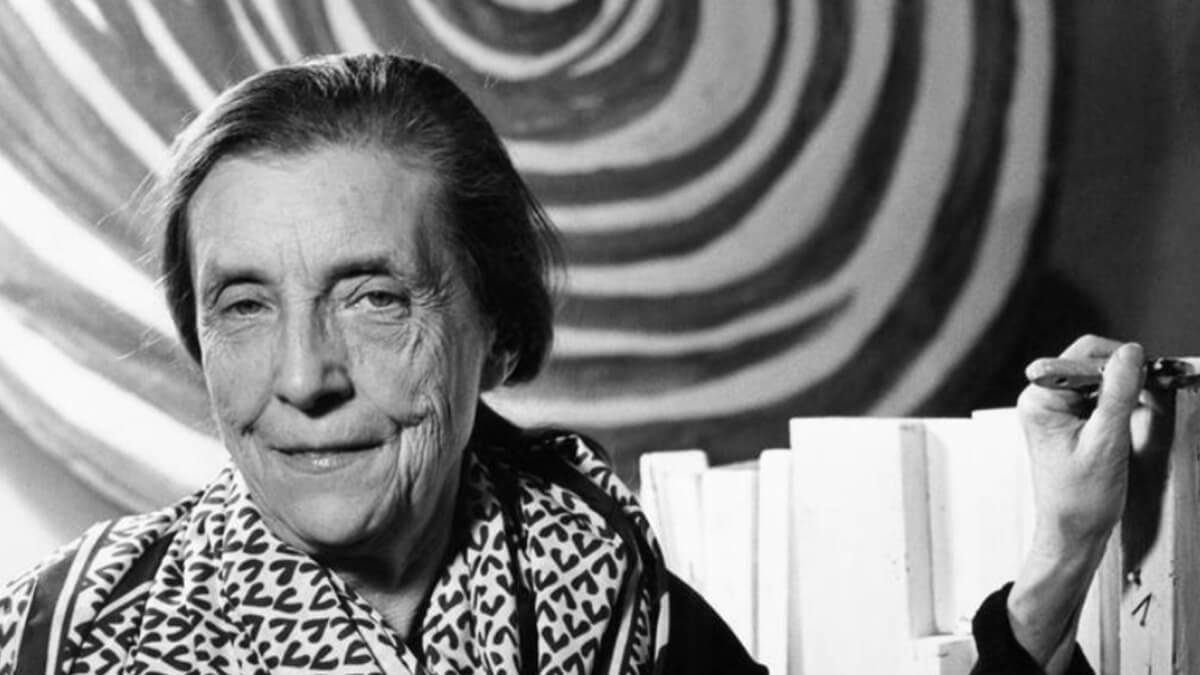
10 Things to Know about Marc Chagall
Born Movcha (Moses) Chagall in what is today Belarus, Marc Chagall was associated with a myriad of artistic styles and movements; from a profoundly folk-impressionist style to his Cubitistic renditions of fables. Watching his beloved city of Vitebsk crumble under the anti-semitic pogroms, Chagall’s whimsical works longingly depict the peasant lifestyle of his home. Although he was a central figure in modernist art, Chagall’s paintings repeatedly paid tribute to tradition and the past. Artsper brings you ten facts about the man behind the flying cows and dancing fiddlers.

#1 His home was devoid of art

Despite being one of the world’s most renowned artists, Chagall grew up in a home devoid of art and creativity. The Chagall family practised Hasidic Judaism, which prohibits any visual depiction of God’s creations. When Chagall eventually began painting such depictions, they were met with fierce criticism from his family, to the extent that his devout uncle refused to shake his hand.
2. He painted naked and ate half a herring a day
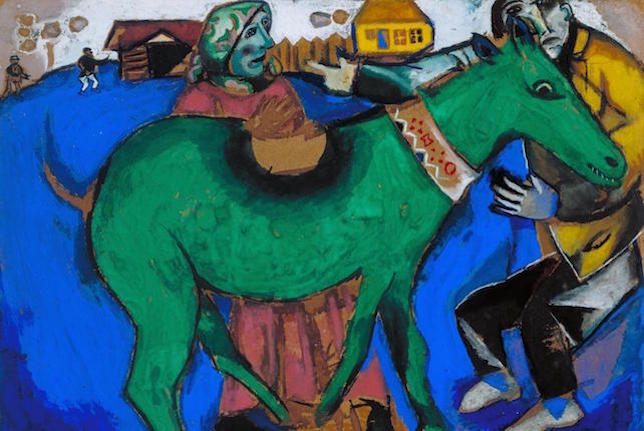
Chagall moved to Paris at the age of 24 and lived in the notorious artist colony, La Ruche (The Beehive), with other famous figures such as Robert Delaunay and Fernand Léger. Whilst living in Paris, he was incredibly prudent with money- often relying on half a herring a day for food, and painting naked so he didn’t have to change or wash his clothes.
3. Despite living in New York for six years, he never learnt English

In fact, he never tried to learn English, claiming “it took me thirty years to learn bad French, why should I try to learn English?” This might have also been due to his intense dislike of the city, which is mirrored in his works. Chagall’s paintings became noticeably tormented and dark following his years in the Big Apple; conveying the profound guilt he felt during his exile. Disconnected, helpless and uncomfortable, Chagall yearned for Paris and Europe.
4. He was one of the few artists to exhibit at the Louvre during his lifetime

Very few artists managed to exhibit at the Louvre during their lifetime; Georges Braque was the first with his work, Still life with harp and violin. Chagall, along with fellow artists, Salvador Dalí, Pablo Picasso and Edgar Degas began his artistic journey by copying the works of Old Masters in the Louvre.
5. He married his muse

Chagall met his muse, wife and lover, Bella Rosenfeld, in 1909 and married her soon after. The pair shared a unique outlook on the world, and upon meeting Chagall for the first time Bella romantically described the artist’s eyes as being so blue it was “as if they’d fallen straight out of the sky.” Bella appears in many of Chagall’s paintings, and he often portrays her floating through the air, defying gravity with her love.
#6 Despite his infatuation with Paris, Vitebsk is the city most depicted in his works

“The soil that nourished the roots of my art was Vitebsk.” Chagall sought to capture the very essence of peasant life and the soul of his home, claiming the city had a whimsical presence and existed primarily in his soul and dreams. Cows, barns, chickens, horses, women working and dancing fiddlers fill his works, capturing the spirit of peasant life.
#7 He was marked as a ‘non-person’ by the Soviet authorities
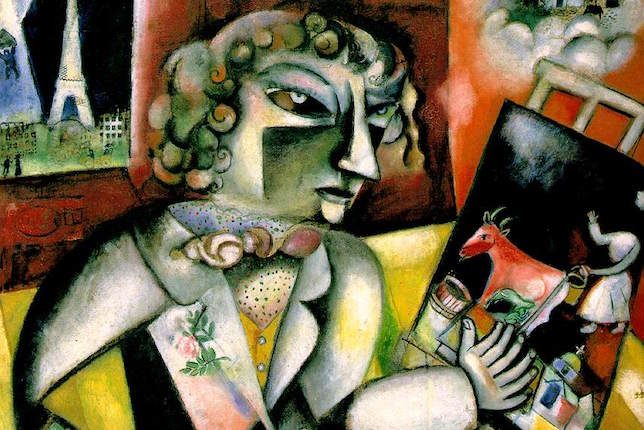
With three strikes next to his name due to his status as a Jew, artist and emigree, Chagall was stripped of his identity. His artistic style went against the Socialist Realism that formed Soviet art, and he was often mocked for his preference for French lifestyle. Chagall’s works were even banned in museums, books and public spaces not only because of their unconventional style, but also their portrayal of Jewish culture.
#8 He painted the ceiling of the Opéra Garnier in Paris
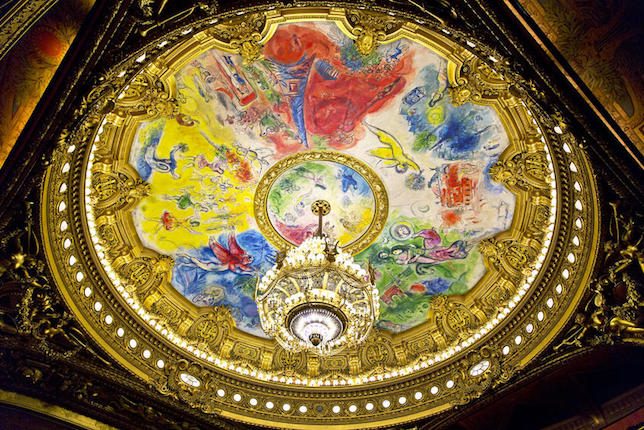
Covering over 200m2, Chagall’s painting is a tribute to fourteen significant opera composers and their work, and he completed it at seventy-seven years of age! Additionally, despite the mammoth task, Chagall refused to be paid for his work.
#9 He made friends in high places
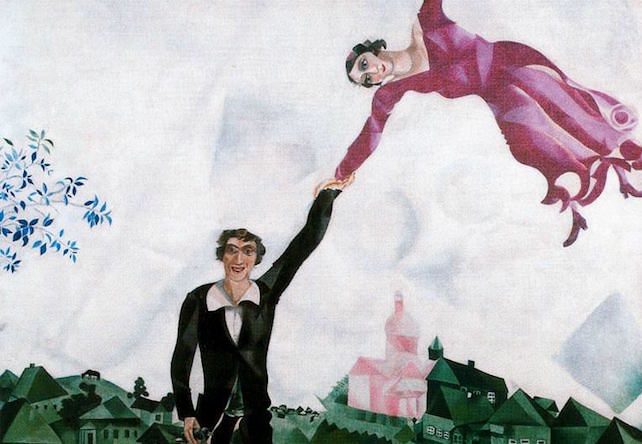
His asylum in America was organised by the director of the MoMA, Alfred H. Barr Jr., who personally arranged for Chagall’s name to be added to a list of artists escaping Nazi persecution in Europe. Due to Barr’s status and efforts, Chagall and his family relocated to the United States in 1941.
#10 His works sell for millions

In 2017, Chagall’s work, Les Amoureux (The Lovers), sold for a staggering $28.5 million at Sotheby’s New York. Sotheby’s claimed the painting encapsulated Chagall’s two greatest passions; Bella and Paris.

About Artsper
Founded in 2013, Artsper is an online marketplace for contemporary art. Partnering with 1,800 professional art galleries around the world, it makes discovering and acquiring art accessible to all.
Learn more












